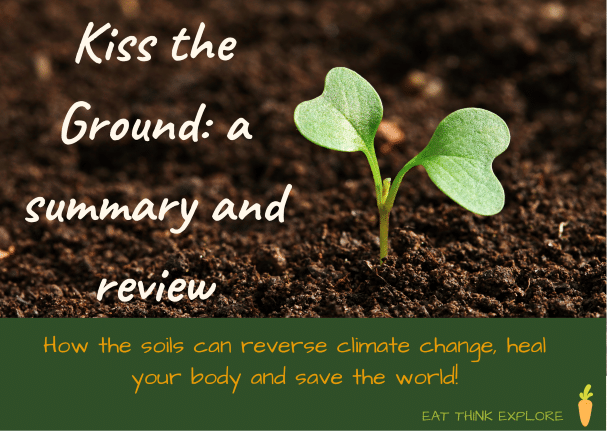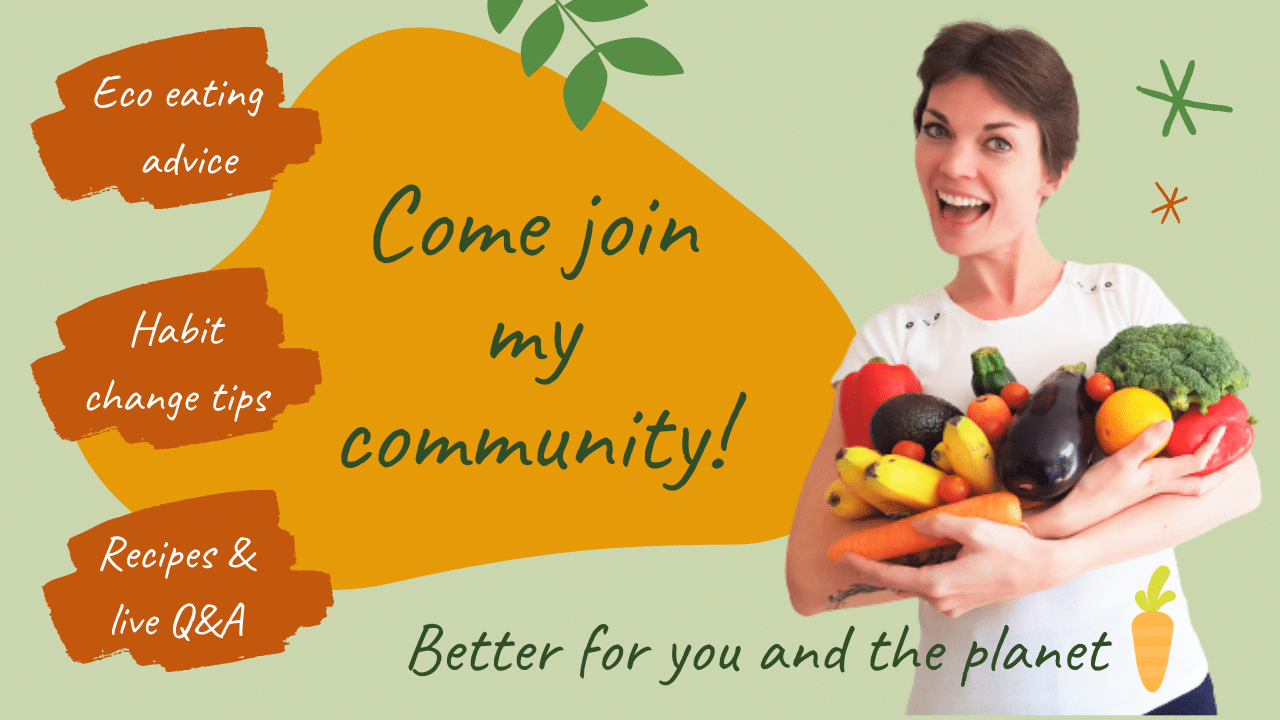Kiss the Ground is another in the line of eco-documentaries that Netflix is putting out there (albeit one of the first and most famous). If you are wondering whether it’s worth your time to watch, or want to know the gist but don’t have an hour and a half to spare, read on and I’ll cover the key points simply and factually for you…
Kiss the Ground; a review.
For people who have an hour and a half to watch something like this…
Personally, I thought this was one of the better Netflix documentaries, mainly because, whilst there’s a lot of negatives about where the world is heading, the overall message is one of hope. It also doesn’t spend most of its time talking about who’s to blame, and it’s actually mostly about looking for solutions for our futures, and did include suggestions about what we, as ordinary people, can do.
I enjoyed Woody Harrelson as a narrator; he felt genuine. It really feels like he cares.
There is a large focus on America, but the issues here in the UK (and the rest of the world) are similar, so it is applicable to all.
Personally, I think it’s a must watch for people to truly understand the situation we are in with the soils, why it’s important to save our soils, and how we can help.
For a climate change documentary it’s actually vey upbeat, because this is the way we can not only slow, but reverse global warming, sucking CO2 out of the air to stabilise our climate again. If we can only get everyone on board!
Watch it here…
For people who are time strapped or not sure that this is their kind of thing…
I’ll summarise the main points for you in this article; what the issues are, why soil is the answer, and how you can help to save you having to invest the time to watching it yourself…
The key points in Kiss the Ground…
New Scientist has noted that:
“All farmable soil could be gone in 60 years. Given soil grows 95 per cent of our food, and sustains human life, this is a huge problem. Many would argue soil degradation is the most critical environmental threat to humans”.
The solution is right under our feet – THE SOIL. Due to its immense scale, and ability to sequester (store) greenhouse gases, it could be the one thing that can balance our climate, clean our water and feed the world!
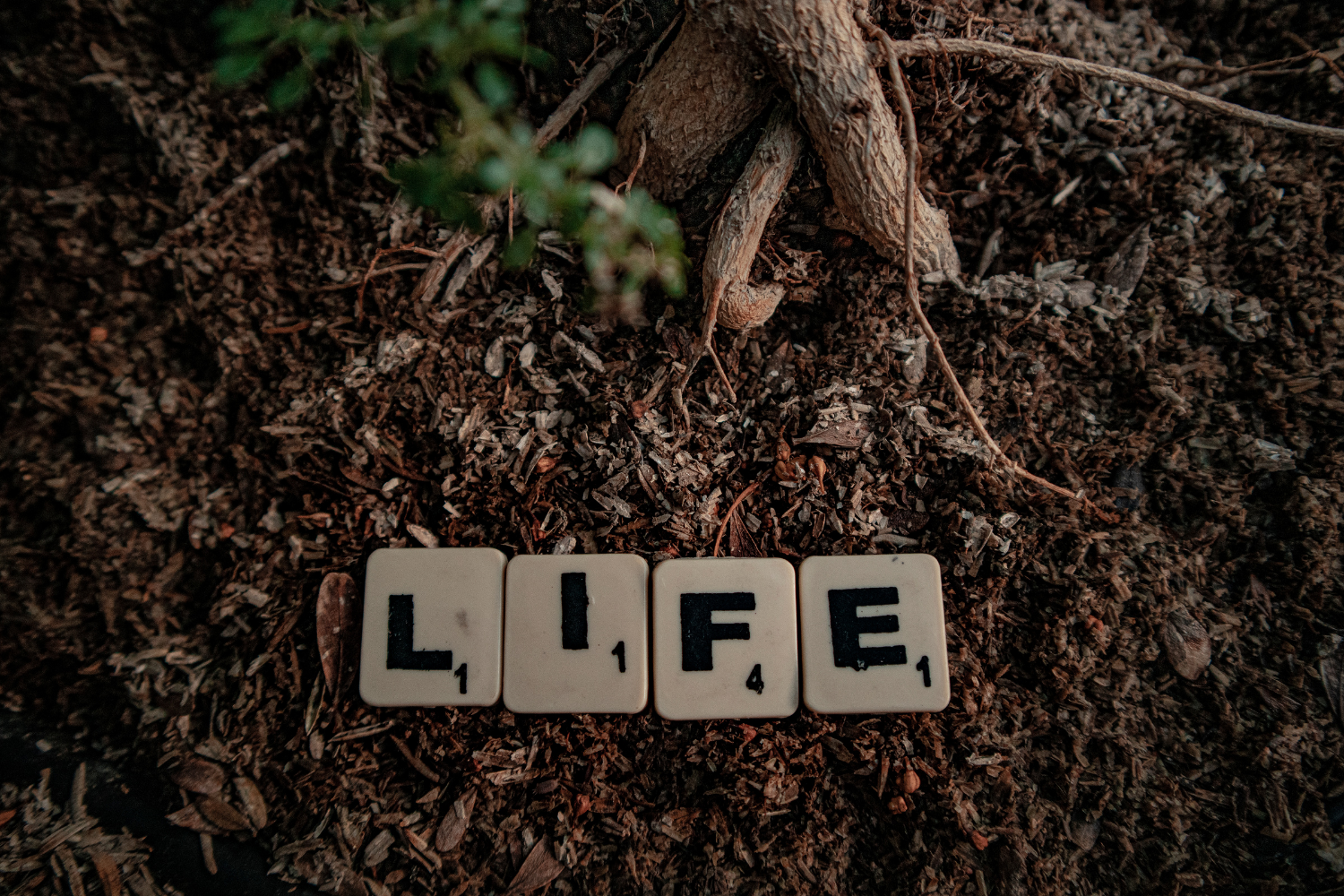
#1 - Our top soils are diappearing
Since chemical agriculture ramped up in the 70’s, we have lost 1/3 of the world’s topsoil. The rest is projected to be lost within 60 years. Unless we save our soils, we have 60 harvests left! No topsoils; no food! We need to act.
#2 - The planet is desertifying (more land is becoming desert)
With topsoils disappearing and temperatures rising, about 2/3 of the world is desertifying. Every year 40m people are displaced as their farmlands become desert. By 2050, it is estimated that 1bn people will be refugees of soil desertification.
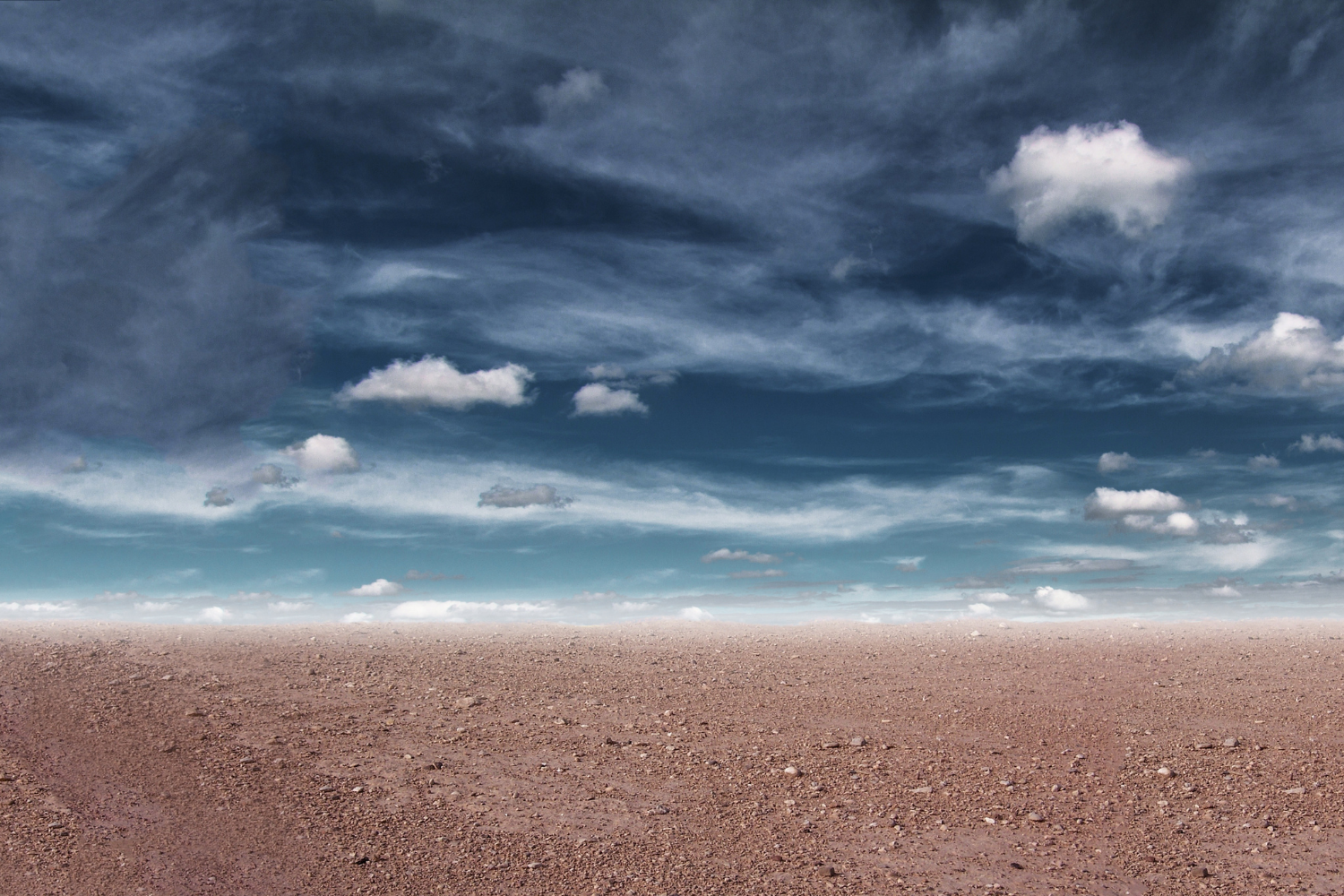
#3 - Carbon is not the bad guy!
We are made of carbon (16%) and it’s the element that life is based upon! It’s the misbalance of carbon that is the issue. There is too much in the air now and too little in the earth (released by tilling and soil degradation and burning fossil fuels and plants/trees) causing global temperatures to rise.
#4 - Our modern farming methods are killing the soils
Our modern farming methods are not concerned with soil longevity or quality and are significantly to blame for the destruction of the soils. There are also clear spikes in the CO2 levels in the atmosphere during the ploughing/tilling months with the lowest levels coinciding with maximum plant coverage before harvest…
#5 - Nature has invented the most sophisticated carbon capture method - photosynthesis
Nature strives for balance, and has a system for reversing the carbon released into the atmosphere using the growth of plants and their relationship with soil microbes.
#6 - Soils are a huge potential carbon store
By taking carbon dioxide from the air, and sending it down to soil microbes in exchange for nutrients, plants can not only remove carbon from the atmosphere, but store carbon in the soils. This is how the natural carbon cycle should work. Tilling and chemical agricultural methods have disrupted this cycle and increased the rate of carbon release.
Healthy soils can store more carbon than all the trees and plants combined, so is more important than saving the rainforests or the ocean phytoplankton in reversing climate change!
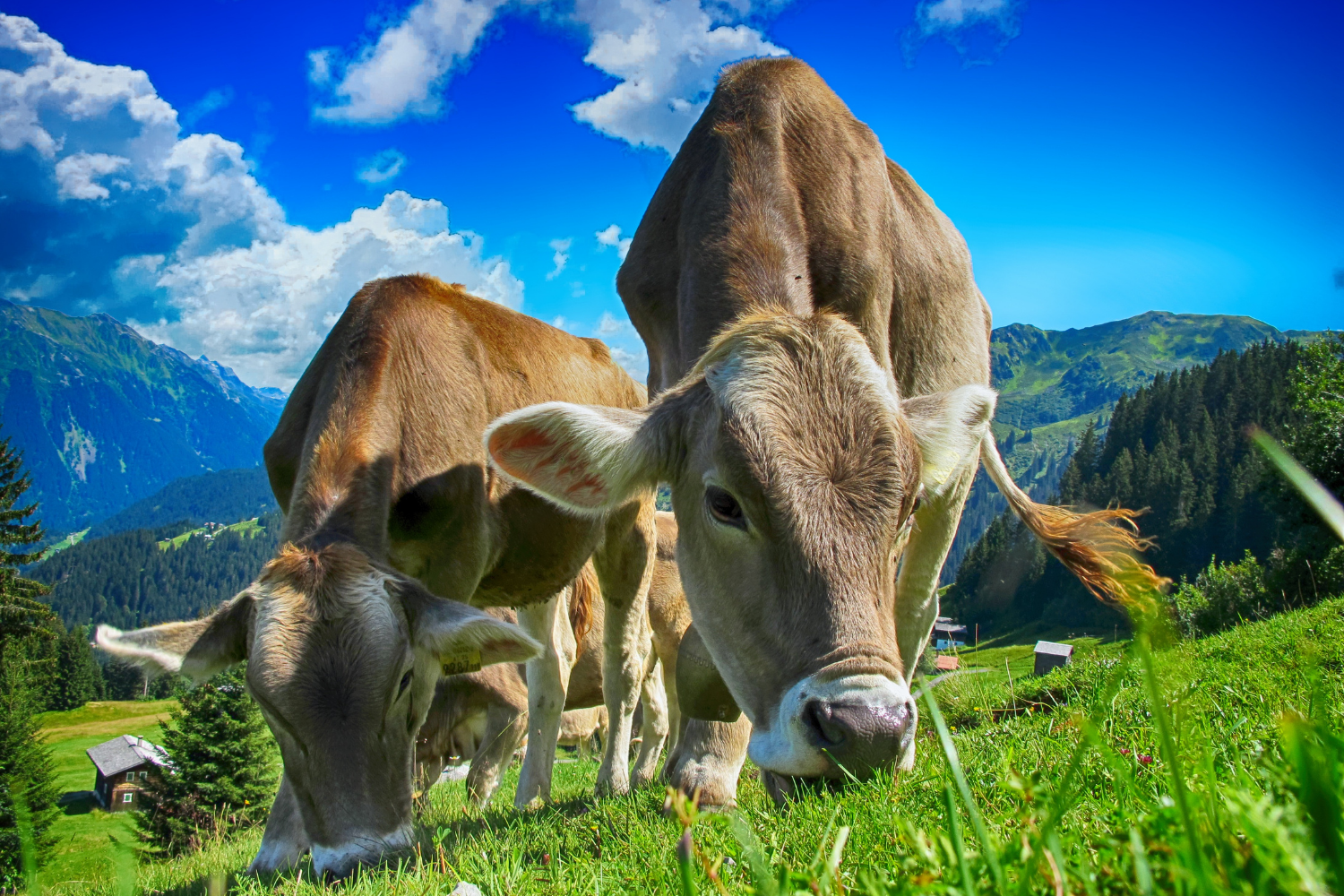
#7 - Regenerative farming restores soils
Regenerative farming restores soils; storing carbon and reducing the need for chemical help to improve yields by harnessing natural processes. The basic principles are: minimal tilling/ploughing, using cover crops, involving livestock in managed grazing, organic practices avoiding chemicals, composting, crop diversity and using trees and perennials as protection.
#8 - Regenerative farming can reverse climate change
If we adopt regenerative farming practices, we can reverse carbon release into the atmosphere and stabilise the climate, and it won’t take long!
If we restore all the degraded land, we can return the earth to paradise, making room for biodiversity and feeding the world’s population (with lowered animal protein consumption).
‘The way we are feeding ourselves is undermining the very ecology we’re dependent upon. The long term prognosis for our survival with business as usual is very, very poor ‘
Jeff Creque, Rangeland Director, Carbon Cycle Institute.
If you want to hear a bit more explanation of these, click here or scroll down. If not, here’s what you can do to join the regenerative farming movement, or at least help make things better 😊
How can you help save the soils?
There are many things you can do, all varying in difficulty. I’ll start with the hardest and get easier. Work your way down the list until you find the things that you’re willing to do. Doing just one will make a difference!!
Find farms local to you that are farming in a regenerative way and support them by buying your produce from there. Check out this map for farms local to you Regenerative Farm Map – Regeneration International. Unfortunately, there are still very few about, especially in the UK.
Eat quality (organic, pasture raised meat, or, even better, that from regenerative farms) meat as a treat not a staple. Commercial meat farming has one of the highest negative impacts.
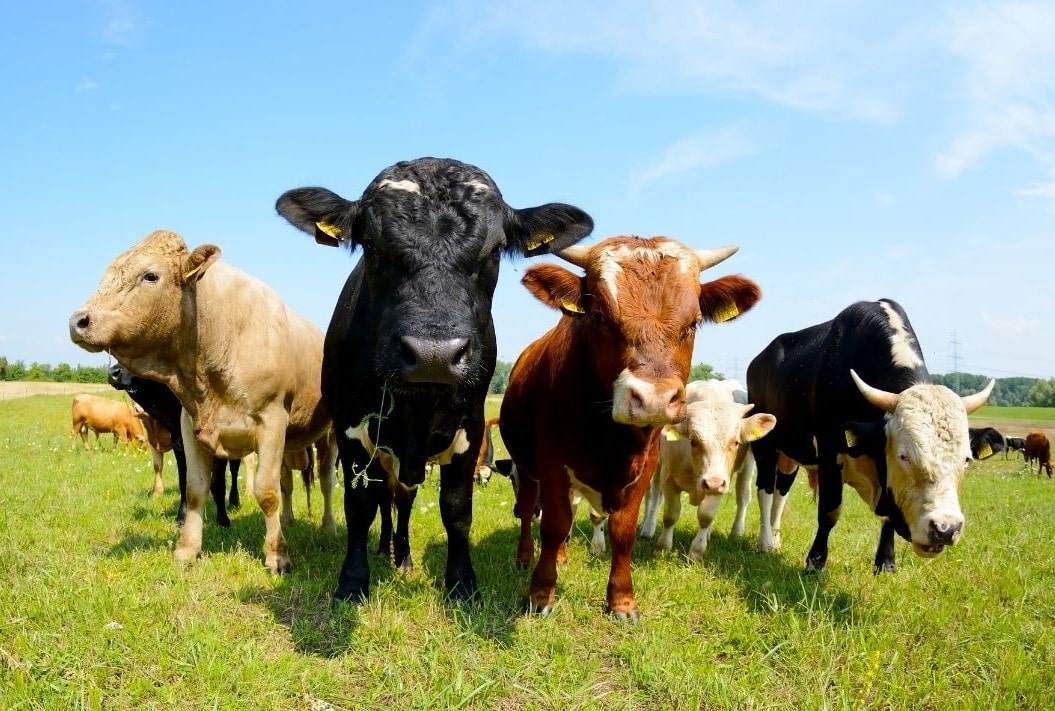
Grow your own veg using your home compost! Whilst maintaining a large veg bed to feed the whole family takes up a lot of space and requires time, there are many crops that require very little maintenance or space, and actually like growing in your flower beds amongst the flowers! Everyone can grow a bit of lettuce or chard, some leeks and some French beans in a small garden, or even most of these on a balcony!
Compost your food scraps. If you can’t get them into a council waste system, there are a variety of small compost bins you can put in your garden at home. Use this compost for your beds rather than buying in compost or fertilisers.
Shop organic where you can. These will be using less chemicals and therefore come from healthier soils than normal veg; hugely better for soil biodiversity, natural biodiversity and your health. These are more expensive, so if you can only afford to go organic with some, choose the ‘Dirty dozen’ so that you get the health benefits of avoiding all the chemicals too The “Dirty Dozen” – organic.org
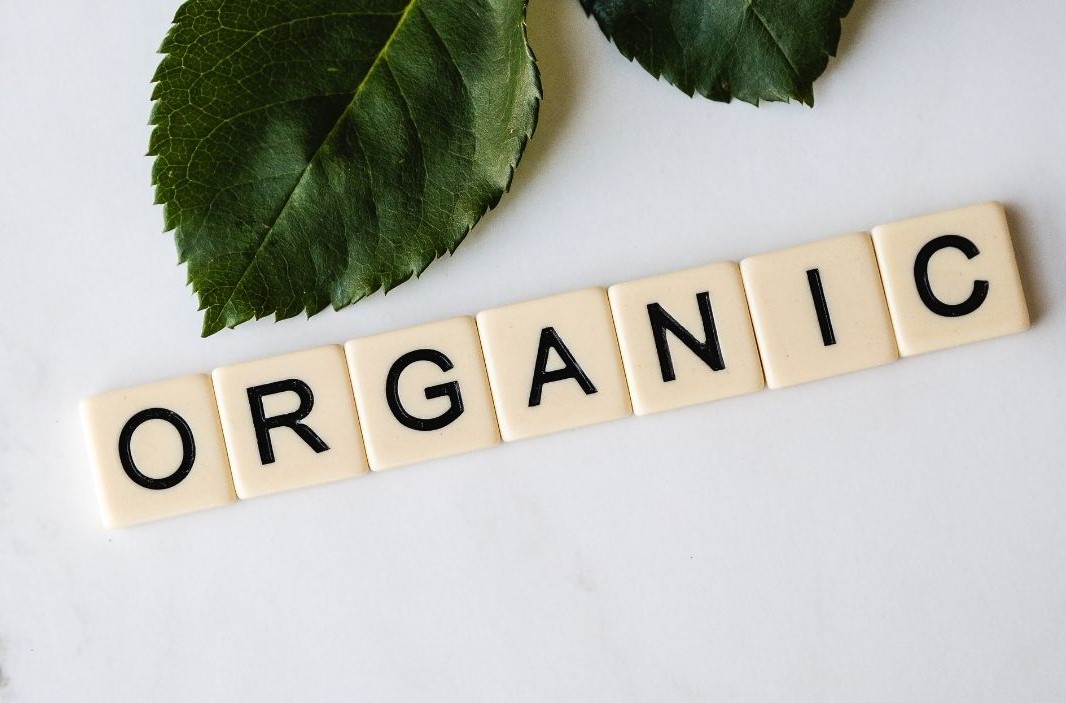
Use your local food waste recycling system, and if they don’t have one, write to your local council to ask for a food waste collection system. This gets the nutrients back into local farmlands, and helps reduce the impacts of droughts and the need for fertilisers, which are polluting your local rivers. San Francisco have an amazing system, and are the most sustainable city in the US!
Share this article or talk about the importance of soils to your friends. It’s not the most interesting topic of conversation for most, so try just mentioning a one or two of the following points and see if that gets a conversation going. We need to spread the word to drive this important movement forwards!
- Did you know that we can save the world with soil?
- Healthy soils can store more carbon than all the trees combined!
- Do you ever think about where your food comes from?
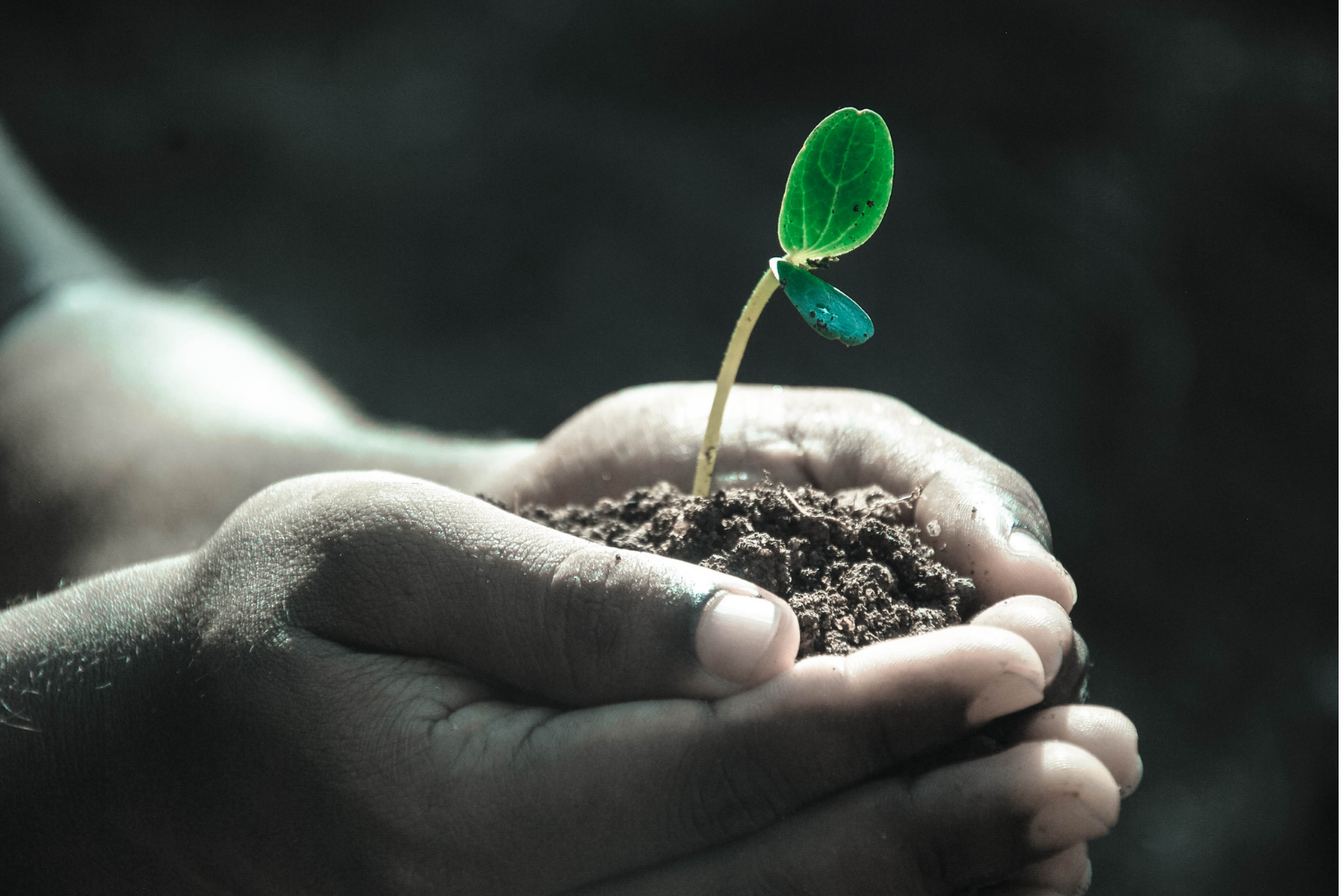
Support regenerative farming movements like Regeneration International Donate – Regeneration International | Organic Consumers (netdonor.net) and Kiss the Ground Kiss the Ground (ktgcommunity.com) which are spreading the word.
Fund charities that are helping people to compost their poo in toilets in the third world. This is a great way to help poor communities to reduce their disease from poor sanitation AND grow their own foods to lift them out of starvation and malnutrition! Try: Compost Toilets in Africa: Human Feces as Fertilizer | Thrive4Good (thriveforgood.org) or GiveLove
Kiss the Ground key facts explained
Skip on down to the final thoughts if you don’t have time to get more into the facts!
Topsoils are disappearing and the land is desertifying
The world’s top soils grow over 95% of the foods that feed the world. Without them we will starve.
Since chemical agriculture ramped up in the 70’s, we have lost 1/3 of the world’s topsoil. The Lhos plateau in China is where settled agriculture first began. By 2014 there was no vegetation left across an area the size of Belgium! The farmers are now starving or have moved on as the soils won’t grow anything anymore, they have become dirt.
In the 1930’s the Dust Bowl was created. Cited as the worst man made environmental disaster in history, by the end of 1934 about 200 million acres of croplands had been permanently damaged. After the country decided to increase yields and started intensively farming and tilling the fertile midwestern plains, leaving the soil bare for large periods of time.
A soil without organic matter becomes dirt, a mix of rock materials and cannot support life. This dirt then cannot store water, and heats up massively under the sun with no protection, baking the soils and exacerbating the problem. With no plants to transpire and create the water vapour which condenses to rain, local rainfall also fails, turning the area to desert. Local water cycles produce 40% of our rainfall. The other 60% are the large sea-driven cycles. Hotter soils during the day create hot rising air, which pushes any of these clouds away, and is how deserts are formed and grow.
The rest of our topsoils are projected to be lost within 60 years. Unless we save our soils, we have 60 harvests left before global starvation. Clearly this is something that needs our urgent attention and resolution!
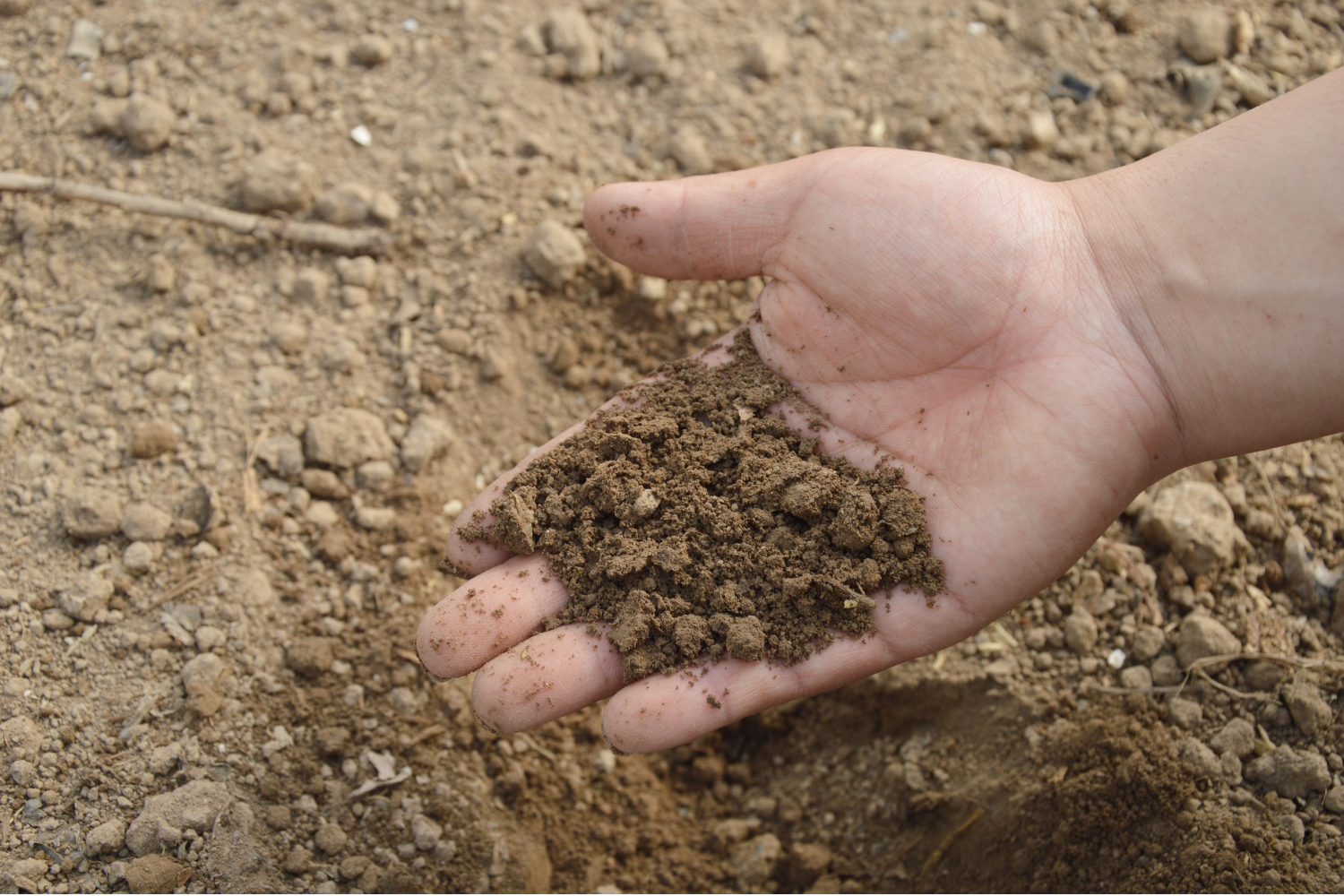
The natural carbon cycle
Everything in natural systems is a cycle and aimed at maintaining balance. The natural carbon cycle involves carbon release by animals consuming plant and other organic materials and releasing the carbon as carbon dioxide into the atmosphere. This carbon is then absorbed by plants, which use it in their cells and leak into the soils in the form of sugars. These carbon rich sugars are used by microorganisms in the soil and (in return for providing minerals and other soil nutrients to the plant roots) secrete a carbon rich glue to hold effectively build their mini environments under the surface. This is bio sequestration – using plants to capture and store carbon. It’s not just about more trees, the carbon that can be stored in healthy, organic material rich soils is much greater.
It’s predicted that, if we can scale up some of these farming methods over the next 30 years, we can REVERSE global warming.
In COP21 in Paris, 2015. The French Minister for agriculture proposed a 4 in 1000 plan, to increase the organic content of our soils by 0.4% per year. Which would net off the existing emissions we make, at least stabilising things. Many countries signed, including the UK, but not the US, China or India, the biggest agricultural and CO2 producers. To achieve this, we have to change the way that we do agriculture, with less synthetic chemicals and GMO’s and use the most powerful carbon capture process ever invented – photosynthesis.
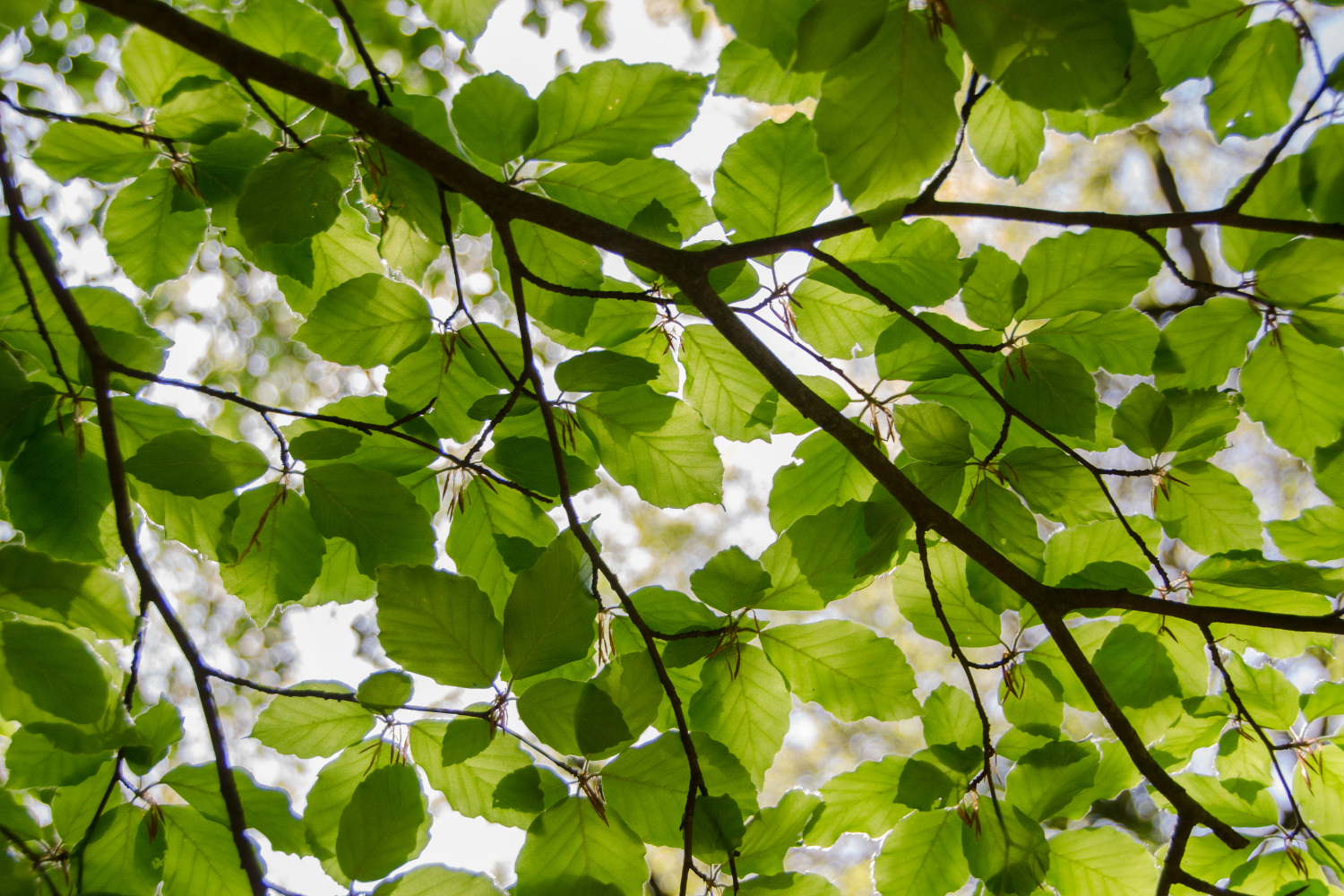
Why is modern agriculture so damaging?
Modern agriculture was not designed for the betterment of the soil, instead for the short term maximisation of yield. We started ploughing/tilling because it was easier for us to upscale.
But tilling is incredibly intrusive to the soil structures, destroying the balance of microbial life which create organic matter and help the plants get the nutrients to grow. This is actually seen using satellites which monitor the CO2 levels. It’s clear to see that levels of CO2 in the atmosphere above the main agricultural areas increase significantly in the main tilling/ploughing months, and then as plant cover increases in the fields, it drops! It is possible that this is coincidence, but the correlation is striking!
Another issue with our modern methods is that we plough to remove existing plants, and then plant, or even leave the field bare over winter. Bare soils are at great risk of erosion by heavy rain, and it’s also been shown that bare soils vary in temperature much more, so the microclimate is changed. Bare ground is hotter in the day, and cooler at night; threatening the microorganism populations within, and increases water evaporation, as the ground temperatures rise, the soils become dryer, again, impairing the ecosystem the microorganisms exist within.
Monocropping further exacerbates the issue, as the same crop is grown year on year, for miles in the case of US farms, microbial diversity cannot increase. 70% of US cropland grows only corn, soy and hay, and this is mainly to feed livestock (99%!).
As the plants struggle to grow following the removal of organic material year on year, and in the absence of their supporting microbial populations, our farmers resort to chemical fertilisers.
Chemical fertilisers mask the problem of degraded soils by providing the basics for plant growth, but also exacerbate the soil microorganism damage. All chemical soils are almost devoid of microorganisms, so the plant roots cannot get the nutrients they need. Weaker soils need more chemicals. We already use 3-4 times more fertiliser for each bushel of grain than in the 60’s. Our current farming methods are simply not sustainable.
The trouble is, our farmers are not taught this; our growers know nothing about how the soil works or the basic ecological principles. They are told that the chemicals will make things better by the companies selling these chemicals, and not helped to learn how to work with nature, rather than against it.
Our farming systems have moved too far out of alignment with mother nature. All natural systems exist in balance, with a diversity of plants and animals. Early farming was small scale, so diversity was ensured, and combined the animals with plants, so the manures could be used as fertiliser, and crops grown on the land could feed the livestock. We have now decoupled these so farmers are either crop or livestock, and each are done on an intensive scale, with no natural cycles in place.
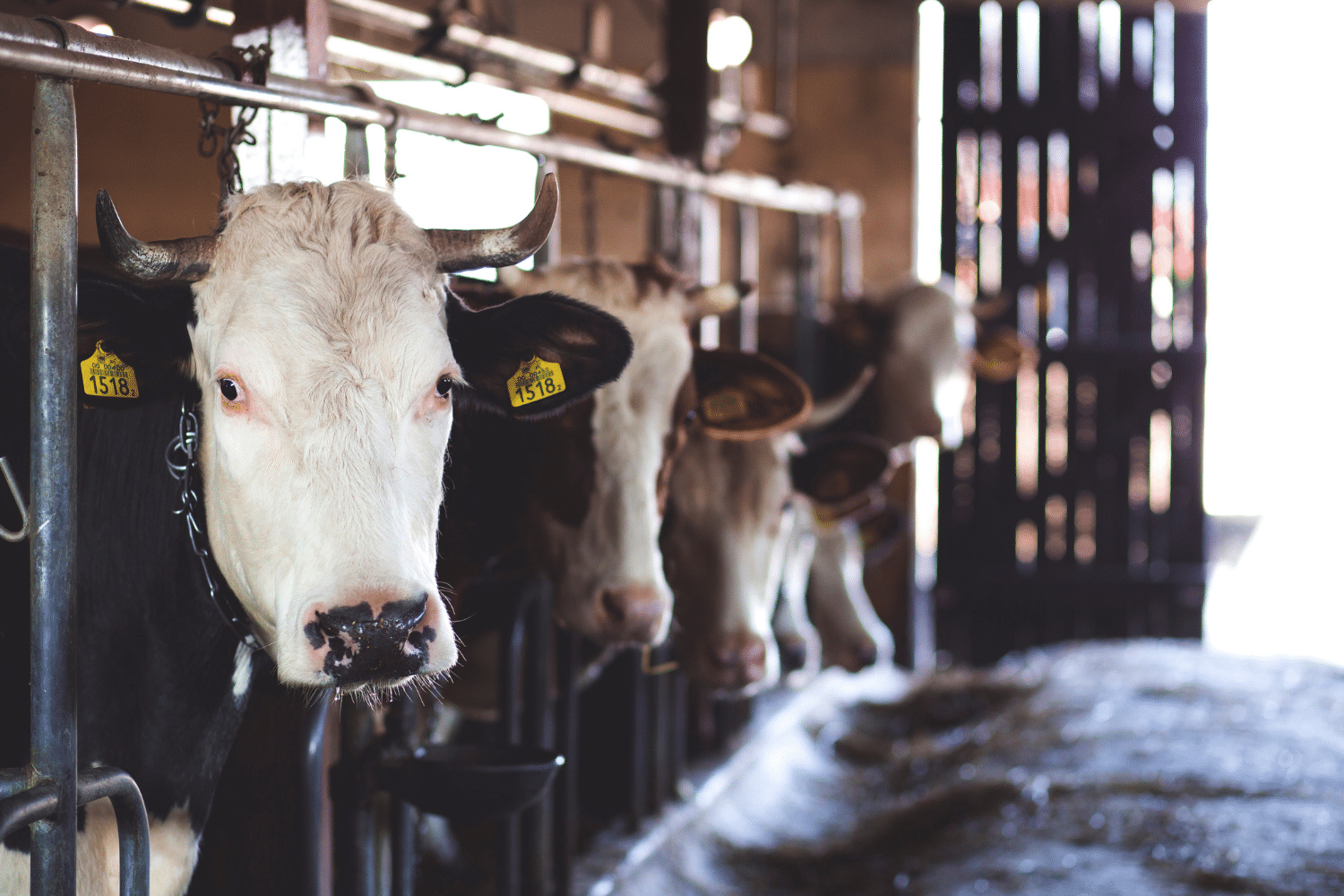
The chemical harm to our own health
Many of the pesticides and fertilisers have been derived from poison gases used in warfare (chemical warfare and poison used in gas chambers). Post war, these have been rebranded as farm chemicals. There are over 200 peer reviewed papers that tie/correlate the increase of these chemicals with increases in ADD, child cancers and birth defects. Juries have now even started to pay out to people who have developed cancer after using glyphosate!! But the #1 US crop is GMO corn, sprayed with Glyphosate, which is now found in their drinking water and kills the microbes in our guts.
Harvard research has shown that these chemicals can build up in breast fed babies – this use of chemicals has to stop!
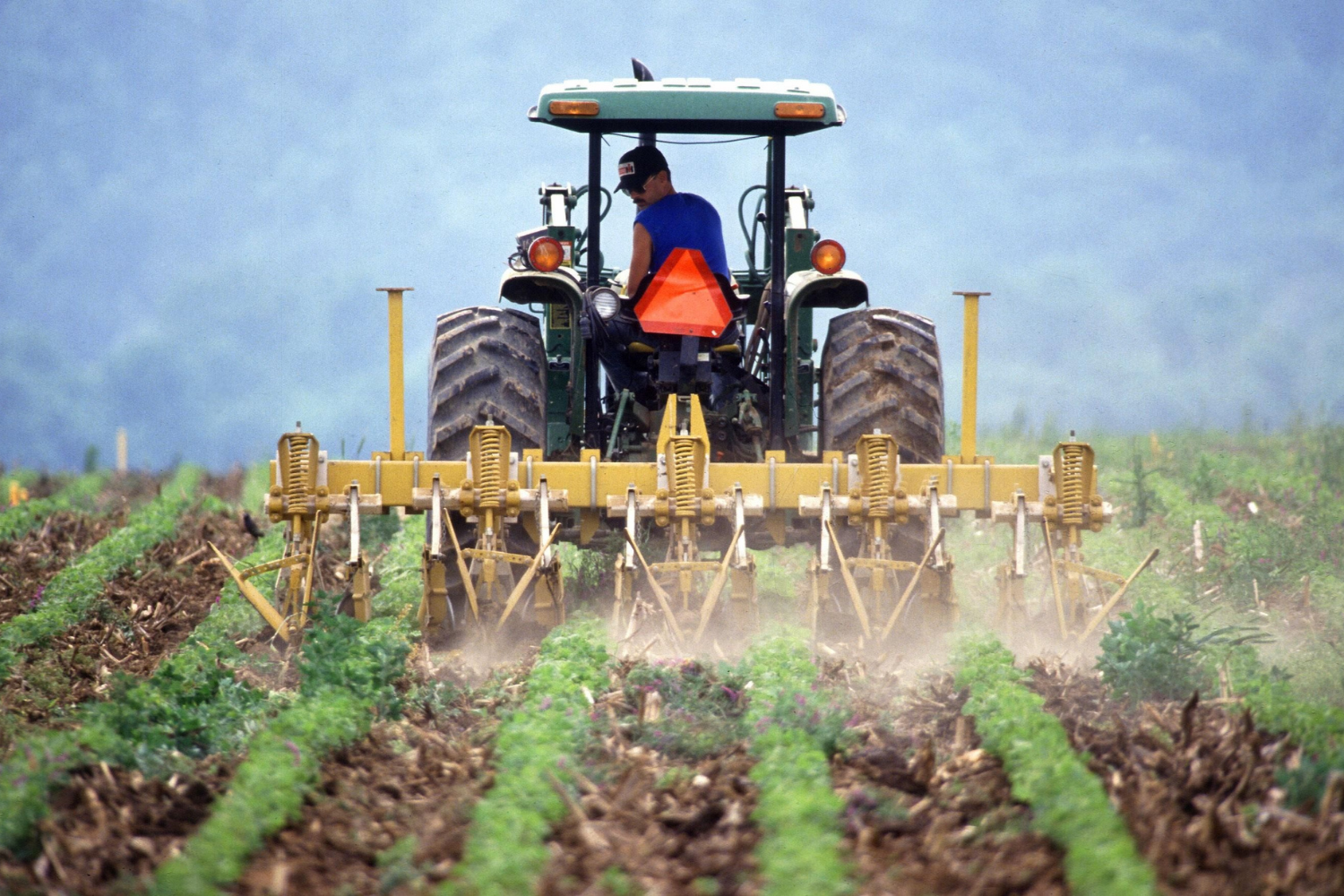
Regenerative farming principles explained
For millions of years the world has self-healed and self-balanced. We should harness the regenerative power of the earth and its processes.
If we choose healthy foods, there is a reciprocation. We are healthier, as is the earth.
Farming like nature has also been shown to reduce inputs (costs) and improve yields. Many farms are barely making a profit and are heavily subsidised by tax payers, if they can be taught to grow food this way, they may see a rise in profits and governments can cease the massive subsidies and use these funds elsewhere!
Regenerative agriculture combines 4 practices
– Biodiverse cover crops to feed the soil biology and protect the soils.
– Using perennials and trees as protection for the soils
– Minimising the amount of mechanical disturbance, with no tilling/ploughing.
– Integrating animals grazing the cover crops for their manure and the beneficial effects of their hooves
– Composting
The animal point here is controversial I know. But the agreement is that all of the richest grasslands in the world have large grazing animals. Animals grazing is a part of the carbon cycle, and part of every healthy ecosystem in wild. Their mob grazing action and the impact of their hooves is important.
In fact, the documentary claims that greenhouse gases are sequestered (stored/drawn down) in grazing herds, due to the generation of healthy soils, but released in feed lots where the animals are not a part of the natural cycle. The animals themselves aren’t the problem, where and how is the issue.
What’s very interesting is the ability of grazing animals to regenerate grasslands from desert, and reduce desertification. There are sites where this has been done, and what was desert is now lush grassland with grasses growing taller than people. Using livestock is thought to make this process 7 times faster!
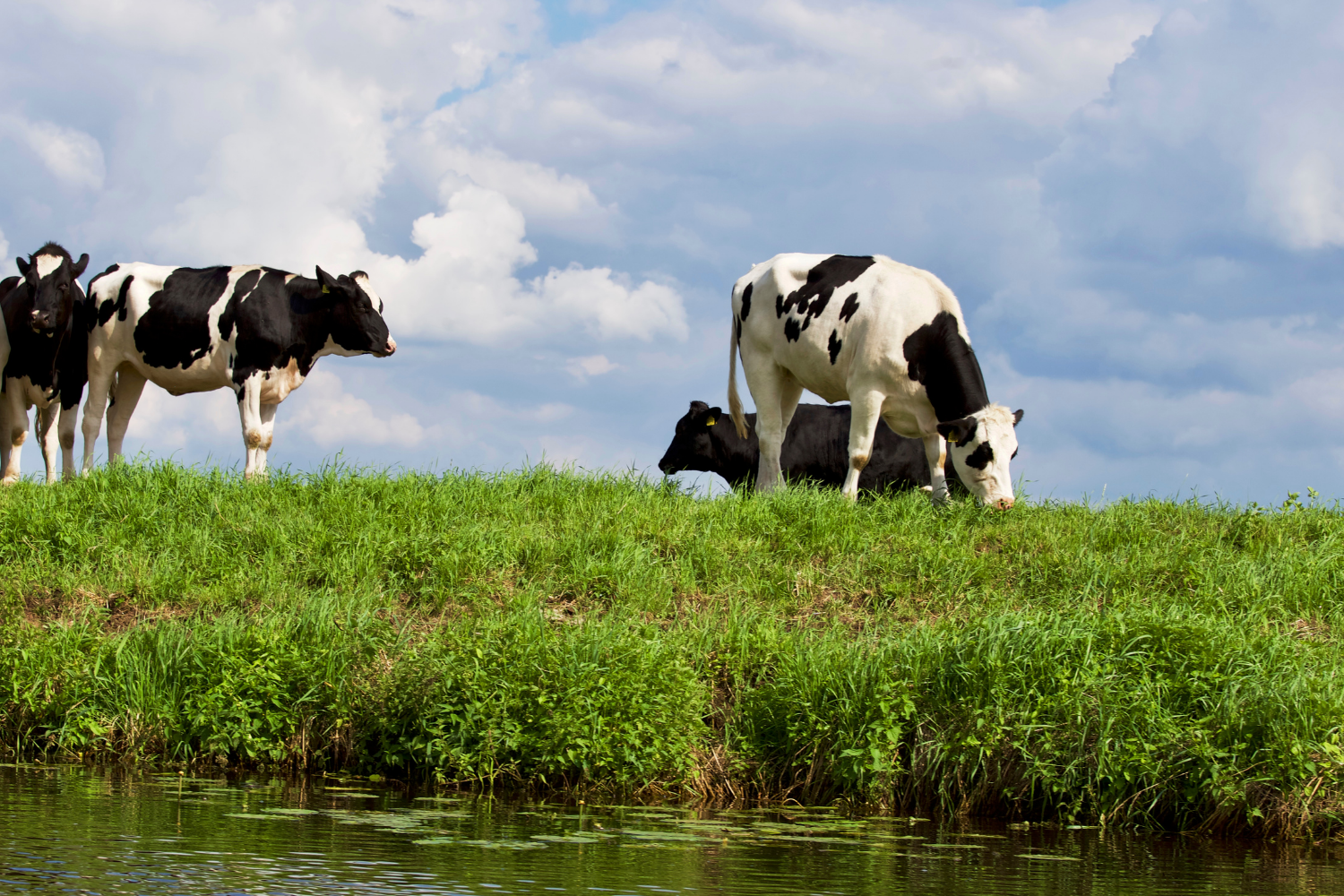
Examples of regenerative farming restoring land
The good news is that soils can recover fast if they are allowed to and managed correctly. The Lhos plateau in China, an area larger than Belgium, had become a dusty wasteland after over farming. But efforts have been made to restore the soils since 1994. After 14 years, it is lush farmland again. 114k square miles regenerated! Proof that this works if given the chance.
Final food for thought
Is it possible that some of the great empires that seemingly vanished, like the Myans and Incas, did so because they over farmed, and could not feed their rising populations? If we look at where many of the 20 or so great civilisations have been, many are now desert… Could this be our future if we carry on down this path?
It’s avoidable if we take better care of our soils and pay more attention to where and how our foods are grown!
What are you going to do? Let me know in the comments!
If you want to learn more ways to be healthier whilst reducing your impact on the planet, sign up to my mailing list below and join my Facebook Group!
I share my knowledge, recipes (balanced, seasonal and eco-friendly), research on best choices and other tips, as well as my letting you know about how you can keep making small steps forwards.

Hey 🙂 I'm Sarah, a Nutrition and Behaviour Change Coach who focuses on helping people to eat in a way that's better for their health AND for the planet.
After a spell as an Accountant and Project Manager in London, I've returned to my scientific roots and now spend my time researching eco-options, helping people to shift their diet to a healthy, balanced one, and raising awareness about the importance of soil health for ourselves and our planet.
My main aim is to help people to start making some small (but significant) changes to the way they eat so they can enjoy all the benefits, like more energy, less sickness, reduced risks of future disease and less guilt - because we all need less stress and guilt in our lives! All whilst minimising our 'footprint' and helping preserve the planet for generations to come.
Having gone from being a vegetable hating, stressed out and sick corporate mum who felt constant guilt for not feeding her family properly and not doing enough for the planet, to a healthy, veggie loving and eco-minded mother with much less stress, I've been where you are and can definitely help you overcome your barriers and move forwards. What are you waiting for? Let's get started!
Check out my story here to get to know me a little better... or take a look at HOW I can help you on my Resources page.

